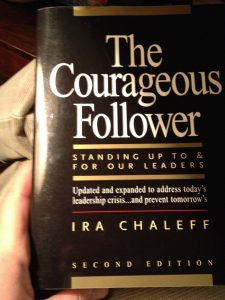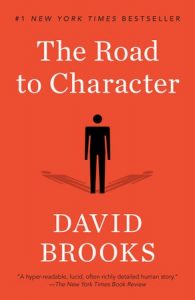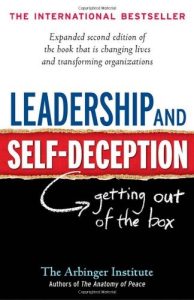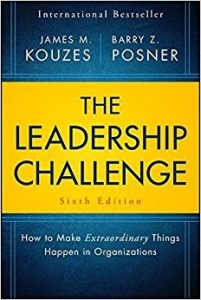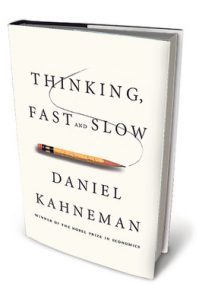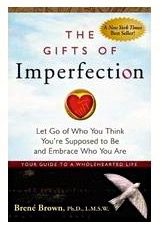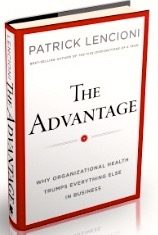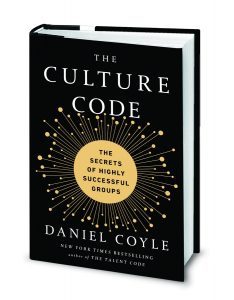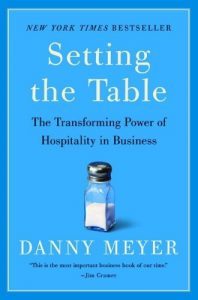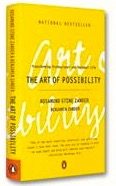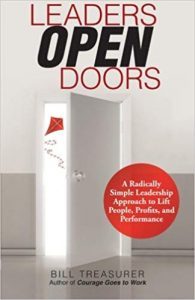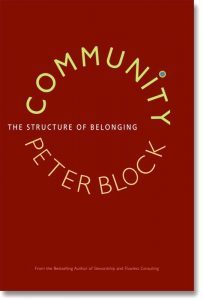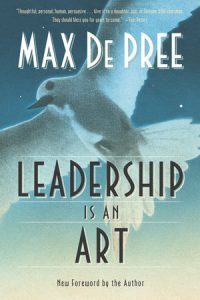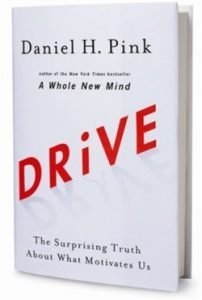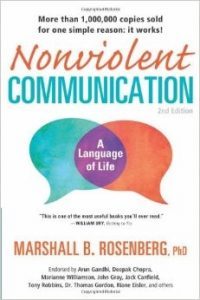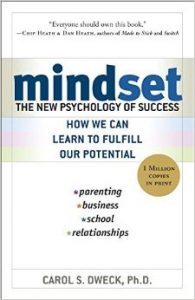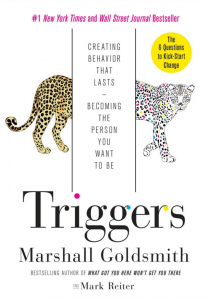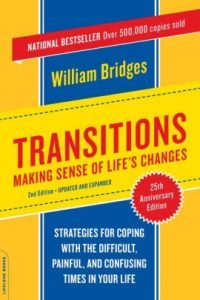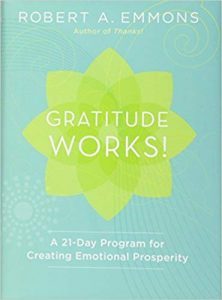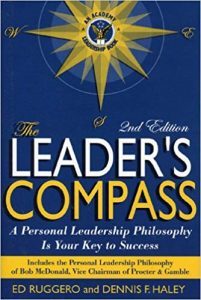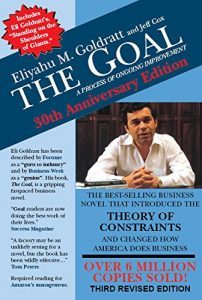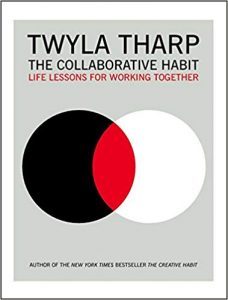Are you trustworthy? What is your evidence? This small, easy-to-read book is about an incredibly important subject, TRUST. Charles Feltman looks at the four dimensions of trust: sincerity, reliability, competency a compassion. Trust requires all four! Leaders need to model-the-way on all four.
The paradox of of good leadership is good followership. A good leader knows his or her strengths as well as weaknesses. They possess the emotional intelligence to allow others to lead where they are weak.
No one is immune to leading a fragmented, pain free life. Yet some like Dwight Eisenhower, Dorothy Day, A. Philip Randolph and Bayard Rustin, have embraced the joy as well as the pain of life with courageous hearts. Because of their humility, self-discipline, temperance and restraint, they recognize what they could and could not control, not needing to prove anything to anyone. When others abused them they responded with grace and mindful compassion. They thought about others more than themselves. Learn the lessons from notable others for leadership’s essential foundation, character. Watch Brook’s TED Talk – Should You Live for Your Resume…or Your Eulogy?
There is reality and then there is our perception of reality. Our perception can lead to our downfall through our self-deception. Self-deception is a leadership killer.
For a leader, EQ, emotional intelligence, is far more important to leading others than IQ. There is hope! EQ can be learned and Primal Leadership can help the leader to learn how to develop EQ.
Servant leadership sounds like an oxymoron. It seems counter intuitive that a leader is first, a servant. Yet, leader as servant is the ultimate requirement of leading. Written in 1977, this is a wisdom text that should be required reading of anyone who aspires to lead others.
Authors, Jim Kouzes and Barry Posner, studied, researched and discovered five practices of exemplary leadership. The first edition of The Leadership Challenge appeared in 1987. They continued to study and research leadership and leading to the 6th edition which is still about the five practices with more evidence. The five practices are timeless and more applicable today than ever. If you are not committed and holding yourself accountable to the five practices of exemplary leadership then you you will fail as an exemplary leader.
What is the diversity of your networks? Look at the organizations, clubs and those with whom you associate. Do the members all look like you? How inclusive are you? Do you reach out and connect with others who do not look like you, think like you or believe like you? Do you understand the difference between equality and equity? As a leader, are you willing to get out of your comfort zone and examine your privilege to serve those who are under privileged? Debby Irving’s Waking Up White can be a threshold into your learning zone. Watch Irving’s TEDx Talk – Finding Myself in the Story of Race.
Daniel Kahneman shares we have two systems of thinking. We use System One thinking the majority of the time. It uses little energy. It is automatic, intuitive and fast. System One thinking helps us survive and greatly influences and guides us. System Two thinking is mindful, critical and analytical. It requires more energy and more time. System Two thinking is essential for good leadership. Check out this two minute summary of Thinking, Fast and Slow.
Trust is the essential element in any relationship. If you want to build trust, you must be vulnerable. Brene Brown, the shame researcher, has one of the most watched TED Talks, Listening to Shame. Leaders are imperfect. They demonstrate their imperfection by being vulnerable. They go first and when they do they transform a team’s culture to being more healthy, nurturing and less risk adverse.
Good leaders recognize that team and organizational health trumps everything else in business! The Advantage picks up and goes beyond Patrick Lencioni’s, The Five Dysfunctions of a Team. How would your team answer the six critical questions: Why do we exist? How do we behave? What do we do? How will we succeed? What is important right now? Who must do what? What would your team or organization have to do in order for everyone to answer cohesively?
Daniel Coyle has found the secrets to successful teams including three personalities that can be detrimental to a team’s success. He offers insight to key behaviors of successful teams. Essential reading for leaders! Get a taste of Coyle’s work through his RSA presentation – The Inside Scoop on Successful Teams with Daniel Coyle.
If you see playful organization as an oxymoron, you are doomed to sucking the life out of your work culture. Leaders and teams who do not play stifle creativity and innovation among themselves. Play reduces stress, increases happiness and well-being and builds relationships. We flourish when we play!
My daughter did her Culinary Institute of America externship at Danny Meyer’s USHG Eleven Madison Park. She turned me onto this gem. This book is not just for those in the fine dining industry – it is for any organization who believes in great customer service. Meyer says customer service is a monologue. Hospitality is a dialogue! Learn and practice great hospitality! Watch Danny Meyer explain why hospitality is not just for restaurants at The Art of Hospitality by Danny Meyer, Union Square Hospitality Group.
Ben Zander, musical director of the Boston Philharmonic and Boston Philharmonic Youth Orchestra, realized later into his conducting career that the conductor is the only person who does not make a sound! His or her power and responsibility is to enliven possibility in the musicians in the orchestra! He learned to look at the eyes of his orchestra members. If he saw shining eyes, he knew he was leading! If not, he asked himself a question of who he was being that the eyes of his orchestra were not lit up! Great lessons for leaders! Watch his TED Talk – The Transformative Power of Classical Music.
This little book came about from Bill Treasurer asking his son what he did at school one day. “I got to open doors for people!” From the mouths of babes came a simple truth, True leaders open doors for people. An easy read that reveals four important skills that any aspiring open-door leader must hone. Check out Bill’s other books including his latest The Leadership Killer: Reclaiming Humility in an Age of Arrogance and A Leadership Kick in the Ass.
I often tell participants in my organizational development workshops, for a group to become a team is huge; for a team to become a community is sacred! This should be the number one objective of any leader leading a group, create community. It’s in community where we can be authentic and vulnerable. It’s in community where mountains get moved and transformation is nurtured. Watch Peter Block’s interview on Community: The Structure of Belonging.
Dan Pink says into today’s organization if you are not on operating system Motivation 3.0 you will pay the price! Check out RSA ANIMATE: Drive: The Surprising Truth About What Motivates Us. In today’s workforce, employees are wanting: autonomy – tell me what to do, not how to do it; mastery – let me grow my strengths and fuel me with opportunities; purpose – when you tell what, tell me why – connect the dots so that I feel like I’m a part of something bigger and can make a difference.
There many good reads on communicating with difficult people. Nonviolent Communications (NVC) is my favorite. NVC is also known as Compassionate Communications and Collaborative Communications. Author and founder of NVC, Marshall Rosenberg, believed all human beings have the capacity for compassion and resort to ugly behavior towards others when they do not recognize more effective strategies for meeting needs of connecting. This book is a primer in seeking to understand before being understood.
A simple idea that can yield incredible benefits for a leader and his/her followers. As a leader, tap into, embrace a growth mindset! Watch Mindset‘s author Carol Dweck’s TED Talk – The Power of Believing You Can Improve. Remember, leadership is a journey not a destination. To lead is to continuous get out of your comfort zone and grow.
Marshall Goldsmith is the executive coach’s coach! He shares his deep and wide experiences and wisdom of how the constant, relentless “triggers” in our environment cause us and others pain. Becoming mindful of our “triggers,” and their source is the beginning to making better choices in our responses. You can overcome your “triggers!”
“Life is what happens to us while we are making other plans.” – Allen Saunders The V.U.C.A’s (Volatility. Uncertainty. Chaos. Ambiguity.) are coming at us relentlessly! The V.U.C.A.s are change agents. William Bridges is the subject expert on change and dealing with change. He will give you insight on dealing with the V.U.C.A.s. I also recommend his and Susan Bridges: Managing Transitions: Making the Most of Change.
The happiest leaders I know are the most grateful people I know! Gratitude is the secret sauce of great leadership! Grateful people sleep better and reap the benefits the next day. Gratitude diminishes entitlement and helps focus on what one needs rather than what one wants. This lowers hostility and aggression and contributes to better collaboration. Leaders who are grateful are kinder and more compassionate which models-the-way for followers to behave similarly. This leads to more creativity, innovation and productivity. Get a quick insight into Edmonds’ work, Gratitude Works!
One of the actions steps I suggest to participants in my leadership workshops and programs is to create and write their leadership philosophy that includes what they stand for as well as what they won’t stand for. The Leader’s Compass is a primer on why and how to create one’s leadership philosophy. This becomes a dynamic document that is shared with the leader’s followers. The acid test is to periodically ask their followers, “How am I doing?” Great leaders seek feedback so they can effectively grow their leadership.
Great leaders are great story tellers because they understand stories move the hearts of followers to act. Author Eliyahu Goldratt is an excellent story teller whose message resonates with those in business. Time magazine says this is one of the top 25 most influential business management books.
Strengths Based Leadership takes a different approach to growing one’s leadership using the CliftonStrengths assessment. This book helps the leader to understand how to use his or her top five strengths to build trust, show compassion, create stability and nurture hope which are the four things followers seek from their leaders.
Twyla Tharp is one of America’s greatest choreographers. Choreography is collaboration, the essential foundation of any group of people coming together, finding and creating flow. Learn from Tharp the essence of collaboration. Does your team collaborate at the this level of Twyla Tharp’s dancers in Movin’ Out?


